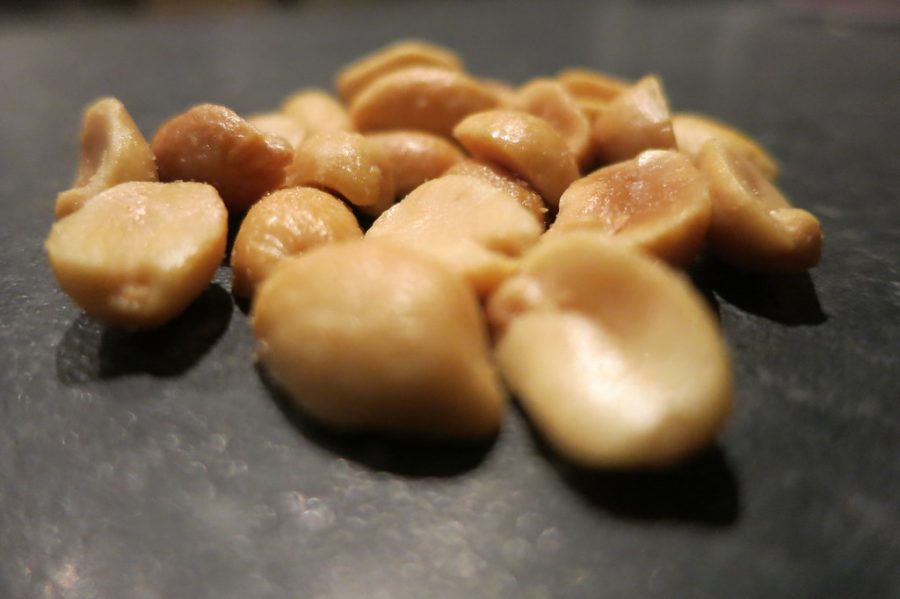FDA Approval of Palforzia- The First Peanut Allergy Medication
I’m sure every DHS student has seen the “No Peanuts” signs up in school, or at least heard warnings about bringing in foods with peanuts in them. Many people in the world are allergic to something whether they know it or not. Before we go any further, let’s get a quick rundown on the basics of allergies. Allergies are caused by an overreaction of the body’s immune system. Essentially the immune system thinks that the allergen (what the body is allergic to) is deadly. Allergens can be any number of things, most of which have no harmful effects on most people. Allergic reactions are caused by the immune system overreacting to this perceived threat and producing too many antibodies. The symptoms of allergies can range from irritation all the way to anaphylaxis. Anaphylaxis simply means an allergic reaction, but it is mostly used interchangeably with “anaphylactic shock.” An allergic reaction can cause airways to swell to the point that a person can’t breathe, which causes the person to go into shock. Shock is when organs start to shut down because the body isn’t taking in enough oxygen.
Now that the basics of allergies are out of the way, back to peanuts. Peanut allergies are one of the most common forms of allergies, and can be lethal if the allergen is not avoided or if epinephrine (an EpiPen) is not used. According to the FDA, about 1 million children in the U.S. have an allergic reaction when exposed to peanuts but 1 in 5 might outgrow the allergy. There are about 74 million people in the US under 18, so that means that about 1.35% of people under 18 are allergic to peanuts. While that percentage may sound small, that is still over 1 million people. So that means that the number of children with these allergies is almost the same as the population of Rhode Island or Montana. There really aren’t any cures, treatments, or medicines to get rid of peanut allergies. The only so called medicines out there are antihistamines and epinephrine, which are used to treat anaphylaxis but not the underlying condition itself. Well there wasn’t, until the Food and Drug Administration approved a medication called Palforzia.
Palforzia is an “oral immunotherapy” medication meant for children. Patients receive small capsules filled with a fine powder made from peanuts. They take this powder in other foods to sort of distract the body. These doses are taken in three different stages: the initial, up-dosing, and maintenance stages. The initial dose and every up-dose is taken in the presence of healthcare professionals. Whereas the maintenance doses are taken alone. Over the course of years, the body becomes more accustomed to the allergen and subsequently reduces the immune system’s reactions. While patients won’t be able to start eating peanut butter, they won’t have to worry about anaphylaxis from trace amounts of peanuts. Palforzia also isn’t a replacement for epinephrine or antihistamines, meaning it won’t help someone who is already having an allergic reaction. The company that produces Palforzia, Aimmune Therapeutics, has set its price at $890 per month. Compare this to epinephrine injectors which can cost from about $100-$600 per injector depending on the brand. EpiPens are mostly covered by insurance, but it is unknown whether or not Palforzia will be covered by many insurance plans. While this may not be a miracle cure for those with peanut allergies, it certainly is a good start. The FDA has been testing a few alternative treatments for peanut allergies alongside Palforzia. That means that in the future there likely won’t be a corporate monopoly on these kinds of treatments like there was on EpiPens for a number of years.
Maybe this is a new start for those with severe allergies. Perhaps allergic reactions won’t be something anyone has to worry about in the future. Only time will tell.

Braeden is a 3 year member of the Crimsonian Staff. He is an AP student and enjoys reading about philosophy, history, and science.






